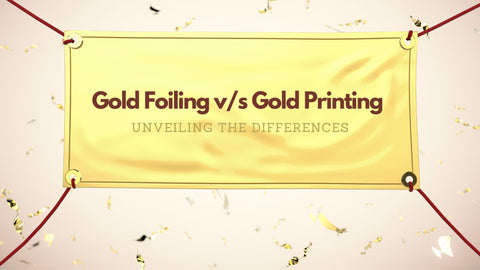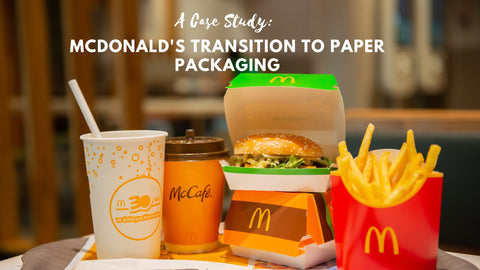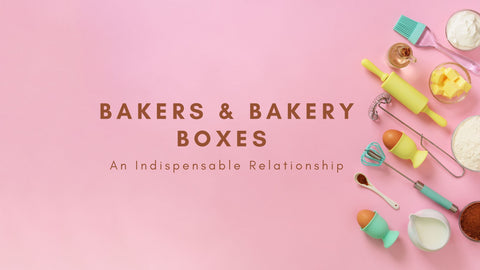In the packaging industry, aesthetics play a crucial role in attracting customers and creating a memorable impression. Gold embellishments, with their timeless elegance and luxurious appeal, have long been sought after, and understandably so. But for the curious minds, you must know that there are different techniques employed to achieve gold accents, namely gold foiling and gold printing.
In this blog post, we will delve into the differences between these two methods, exploring their processes, outcomes, and applications. By understanding these distinctions, you can make an informed choice when considering gold embellishments for your packaging needs. Read on to know more.
Gold Foiling: Gold foiling, also known as hot stamping or foil stamping, is a popular technique that adds a metallic gold finish to packaging materials. It could be on paper, glass, ceramic, wood and such surfaces. This process involves using a metal die, typically made of brass, to transfer a thin layer of metallic foil onto the surface of the packaging. The foil is first placed over the desired area, as requested by the customer or the brand, and then pressure and heat are applied using a hot stamping machine, causing the foil to adhere to the substrate. Once the foil is applied, it creates a radiant, shimmering effect that instantly catches the eye.
The process of gold foiling offers several advantages. Firstly, it provides a lustrous and reflective surface that creates a premium look and feel. Secondly, it offers exceptional durability and longevity, ensuring that the gold accents withstand handling and transportation. Additionally, gold foiling allows for intricate detailing, making it an excellent choice for designs that require fine lines, intricate patterns, or small text. But with all good thing that have limitations, gold foiling too has its own limitations - due to the setup involved, gold foiling is more suitable for larger production runs rather than small quantities.
Gold Printing: Gold printing, also referred to as gold ink printing or metallic ink printing, is another technique widely used in the packaging industry to achieve gold effects. Unlike gold foiling, which relies on a metallic foil, gold printing involves using specially formulated gold ink. This ink contains metallic particles that create a metallic sheen when applied to the packaging surface.
Gold printing offers its own set of advantages. It provides a more cost-effective alternative to gold foiling, especially for smaller production runs. The process of gold printing is simpler and quicker, as it doesn't require the creation of custom dies or the use of hot stamping machines. Moreover, gold printing allows for greater versatility in terms of design flexibility, as it can be easily integrated with other printing techniques such as offset or digital printing. However, it is important to note that the metallic effect achieved through gold printing may not be as pronounced or reflective as that achieved through gold foiling.
So how does one choose the right technique for their brand? Well, we have made that easy for you! When deciding between gold foiling and gold printing for your packaging needs, you could consider the following factors:
Budget: Gold printing is generally more cost-effective for smaller quantities, while gold foiling may be more suitable for larger production runs. So depending on your budget, you could make a more strategic decision.
Design Complexity: If your design requires intricate details, fine lines, or small text, gold foiling would be a better choice due to its ability to capture finer details.
Reflectivity and Opacity: Gold foiling offers a highly reflective and opaque surface, while gold printing provides a more subtle metallic effect.
Integration with Other Printing Techniques: If you plan to incorporate other printing techniques in your packaging design, gold printing allows for easier integration.
In the packaging industry, gold foiling and gold printing are two popular methods for achieving gold accents. While gold foiling offers a radiant and highly reflective surface with excellent durability, gold printing provides a more cost-effective and versatile alternative. By considering your budget, design complexity, desired reflectivity, and integration requirements, you can make an informed choice between these techniques.
At Schmancy Pack, we do both gold printing as well as gold foiling - whatever the requirement of the customer be. Whether you opt for the opulence of gold foiling or the versatility of gold printing, both methods are sure to elevate your packaging and leave a lasting impression on your customers.





Comments (0)
There are no comments for this article. Be the first one to leave a message!